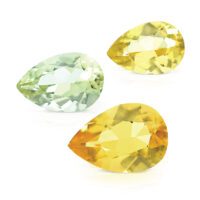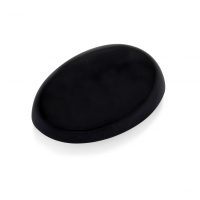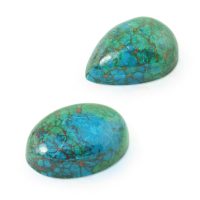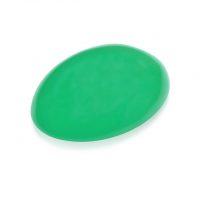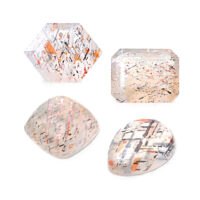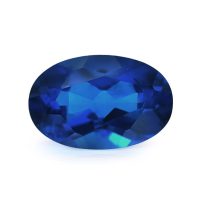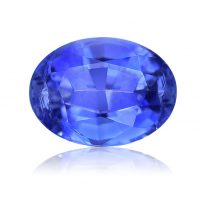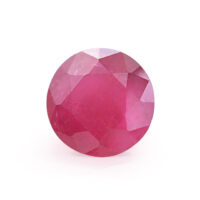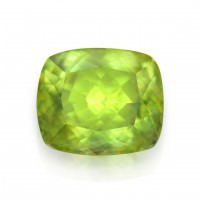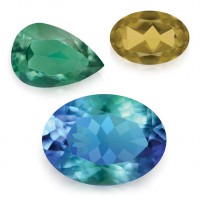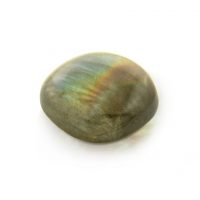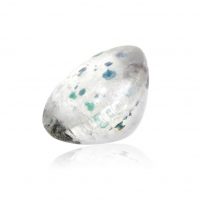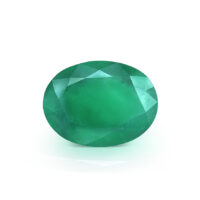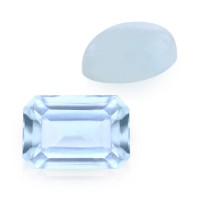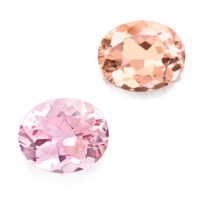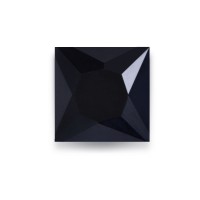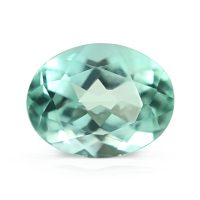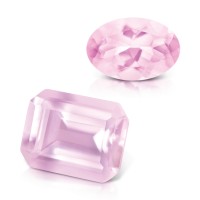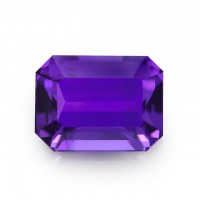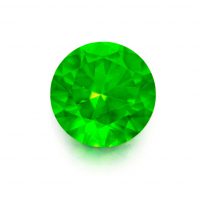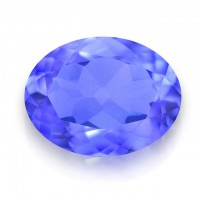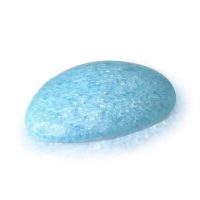

Natural Sapphires are beautiful blue, green, pink, purple, and yellow gemstones from Ilakaka in Madagascar, one of the world’s largest Sapphire deposits. It is estimated that in excess of 90 percent of Sapphires are enhanced to alter or improve their color, uniformity or appearance. Natural Sapphires have not been enhanced in any way, they have not undergone heat or chemical treatments to improve their color or clarity. Natural Sapphires are simply taken from the earth and then faceted. Nothing is done to alter their natural beauty. Enhanced Sapphires are the norm in today’s market, Natural Sapphires are far rarer, more valuable, and extraordinarily unique.
Hardness 9
Refractive Index 1.762 – 1.788
Relative Density 3.95 – 4.03
Enhancement None
Beauty
Prized for their beautiful and desirable hues, wonderful brilliance, and high transparency, Sapphires from Madagascar can rival those from renowned localities with an historic pedigree, such as Ceylon (Sri Lanka).
While ‘Sapphire’ alone typically refers to its blues, its other hues are collectively described as ‘Fancy Sapphires’, with prefixes used to denote specific colors. ‘Fancy’ is often defined as ‘fantastical imagination’, and with respect to our Natural Sapphires, this is extremely apt; their colors truly are fantastic, firing the imagination.
Expert cutting is absolutely critical for Natural Sapphires and they have been carefully faceted with an attractive shape and overall appearance. They are also finished eye-clean, the highest quality clarity grade for colored gemstones as determined by the world’s leading gemological laboratories, with a superior polish affording a beautiful luster.
The birthstone for September, Sapphire is a truly mesmerizing gemstone with a rich history, potent symbolism, and a popularity spanning over 2,500 years. Ruby and Sapphire are color varieties of the mineral Corundum (crystalline aluminum oxide), which derives its name from the Sanskrit word for Rubies and Sapphires, ‘kuruvinda’. Trace amounts of elements such as chromium, iron and titanium as well as color centers are responsible for producing Corundum’s rainbow of colors.
Rarity
One of the world’s most coveted, enduring and valuable gemstones, Sapphires remain incredibly scarce. Once accounting for around half of the world’s Sapphires by volume (Source: GIA), Madagascar remains an important and highly regarded source.
Discovered in 1998, Ilakaka’s widely dispersed alluvial gem gravels are located close to route national seven heading to Toliara (Tuléar) in southwestern Madagascar’s Ihorombe region. A large number of new alluvial Sapphire deposits have also been discovered around Ilakaka and further southwest in the Sakaraha area. There is also a third district near Bezaha, close to the Onillahy River, 118 kilometers southwest of Ilakaka. Sakaraha town is now a center for selling and buying gems that have been found nearby. As a result, ‘Ilakaka’ often not only refers to the Ilakaka deposit, but also sometimes the region’s entire gem mining area.
Aside from their highly desirable beauty, Natural Sapphires most important attribute is that they are totally natural and unenhanced, significantly increasing both their rarity and value. Heat enhancement should always be disclosed. Unfortunately, it is not always disclosed, so be diligent when buying Sapphires. Always ask whether and how a Sapphire you are considering purchasing has been enhanced, also confirming chain of custody for peace of mind. Chain of custody is the knowledge of every set of hands a gem has passed through from the moment it is dug from the ground to when it ends up in the hands of its final custodian.
Defined as any process other than cutting that improves a gems’ appearance, durability, value or availability, 90 percent of all gemstones in the marketplace have been enhanced in some manner. As these processes have become an important part of the modern gem industry, enhancements are acceptable as long as they are disclosed, permanent, and stable. While gemologists can often spot indications of gemstone enhancements, advanced scientific testing is frequently required for confirmation and absolute certainty.
Becoming malleable around 1900°C and melting at 2030°C, Sapphires can withstand incredible temperatures. Sapphires also have no cleavage (i.e. very high toughness), allowing them to endure high temperatures with an acceptable breakage risk.
Heating Sapphires to improve clarity or develop color has been used in some form for hundreds, if not thousands of years. Likely practiced in the sub-continent over 4,000 years ago, heating is one of the earliest known gemstone enhancements. Early references to the heating of gemstones include Pliny the Elder in his ‘Naturalis Historia’, c. 77 AD and two Egyptian papyri dating to the third or fourth century AD. The scientist Abu Rayhan al-Biruni not only developed the specific gravity scale, using it to identify many gemstones, but in his book, ‘The Book Most Compressive in Knowledge on Precious Stones’ (c. 1048 AD) he describes in detail the 1100°C heating of Corundum to remove dark colored areas. Interestingly, this is basically one of the same methods still used today.
Referred to as ‘traditional’ or ‘standard’ heat, modern ‘low’ temperature enhancement involves heating Sapphires to 1200°C – 1700°C for anywhere up to an hour to 36 hours, often repeating the process to achieve the desired results.
While almost all Sapphires are heated, this is not always a simple ‘traditional’ process that originates in antiquity, with new techniques continuously being developed (e.g. heating with pressure, c. 2009). Often a sophisticated process that has taken experienced specialists’ decades to perfect, high temperature heating can significantly change a Sapphire’s original appearance (and value). For example, modern electric and gas furnaces can heat Sapphires to 1800°C (close to their melting point) for up to seven days, sometimes with this being repeated numerous times. These high temperatures allow the incorporation of additives, such as glass (filling cavities and cracks) and coloring agents (e.g. beryllium bulk diffusion to dramatically alter color). As these enhancements radically change the color and clarity of arguably inferior gemstones, Sapphires that have been heated with additives should be disclosed, and not simply described as ‘heated’.
Durability & Care
One of the world’s hardest gemstones (Mohs’ Hardness: 9), Natural Sapphires are an excellent choice for everyday jewelry. Natural Sapphires should always be stored carefully to avoid scuffs and scratches. Clean with gentle soap and lukewarm water, scrubbing behind the gem with a very soft toothbrush as necessary. After cleaning, pat dry with a soft towel or chamois cloth.
Map Location

Click map to enlarge






























